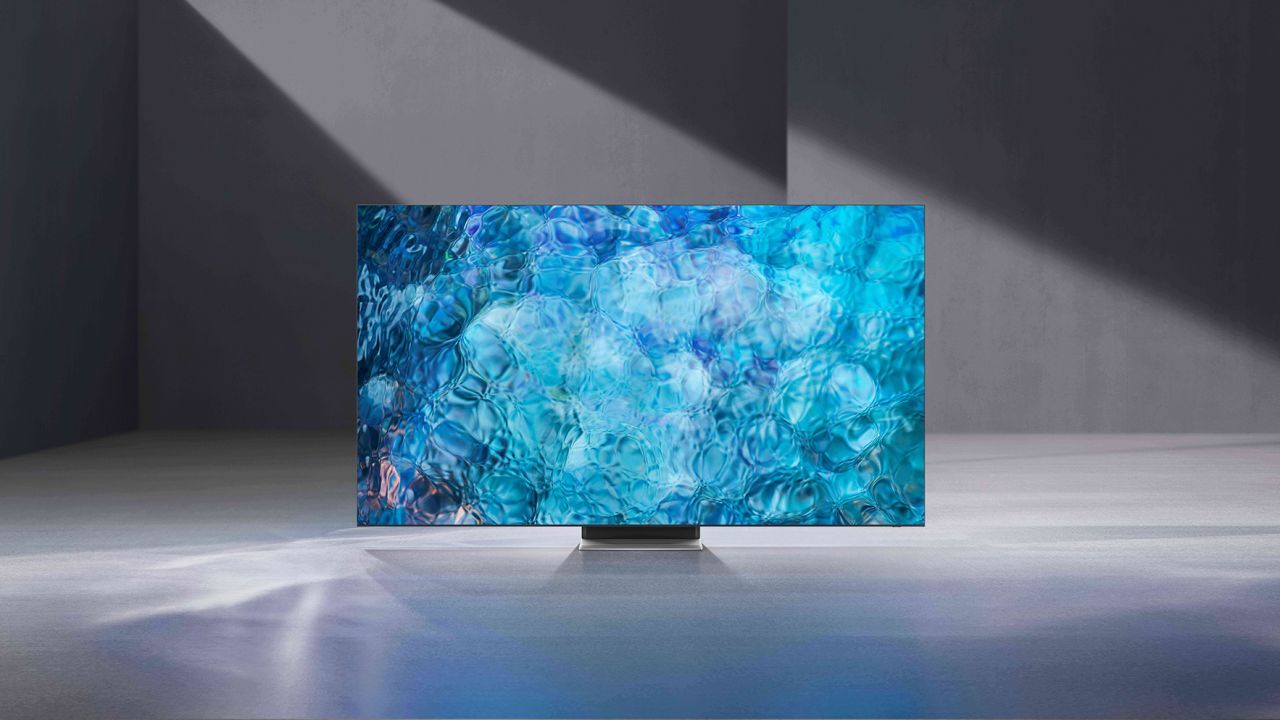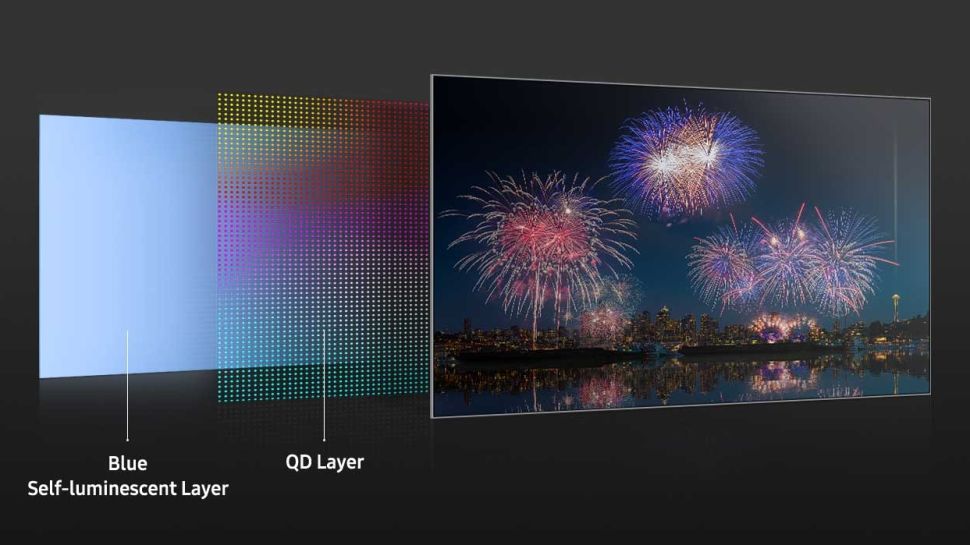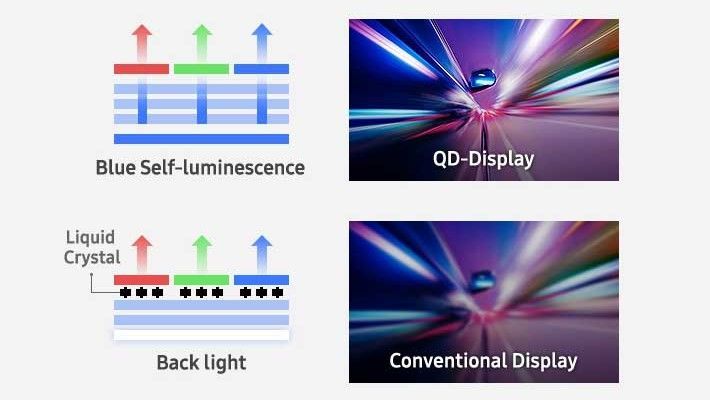There are a huge number of panel technologies available on modern premium TVs such as OLED, QLED, Micro LED and now, to make things even more confusing, we have the advent of QD-OLED TVs.
To muddy the water even further, Samsung often refers to the new panels as 'QD Display' but everyone else calls it QD-OLED, so we will too.
This year we have seen some fantastic sets launch from all the major manufacturers but you might be wondering if it's worth waiting to see what QD-OLED brings to the table.
So with this in mind, we sought to find out what this new technology is all about, and how it compares to its rivals.
What is QD-OLED?
Simply put, QD-OLED takes elements of OLED technology and combines it with Quantum Dot panels in an effort to provide the best of both worlds. The aim is to provide high peak brightness with little to no light bleed, deep blacks and vivid colours.
The tech is developed by Samsung, who has historically been a detractor of OLED technologies in favour of QLED (Quantum Dot) displays. This isn't too surprising because rival manufacturer, LG, is the sole supplier of large OLED panels to the TV market.
OLED panels produce the deepest blacks possible because the pixels can individually turn off, as opposed to a traditional LCD panel that works by shining a backlight (or lots of backlights) through a layer of pixels on top. The downside is that they can't achieve the same levels of brightness as other panels and are also somewhat susceptible to image retention or burn-in.
QLED panels excel in colour accuracy and therefore are often cited as the best choice for vibrant HDR content. They can be brighter than OLED panels and don't suffer the same tendency for burn-in, but they can't achieve the same deep blacks so overall contrast is reduced.
How does QD-OLED work?
In QD-OLED displays, an OLED panel is essentially used as a backlight and it emits a blue light through red and green quantum dots. The quantum dots divide each OLED pixel into three subpixels - red, green and blue. These can be combined to create pure white light or used in other combinations to achieve millions of colours.
Unlike traditional LCD filtering, almost no light energy is lost when transforming the colour via quantum dots. This means that QD-OLEDs should be able to appear brighter than current OLEDs whilst still retaining the black levels.
Samsung says that its 4K QD-OLED TVs will have about 8.3 million individually controllable light sources, this would enable a contrast ratio of 1,000,000:1 and in turn, better HDR performance.
Samsung reckons that QD-OLED will offer one of the broadest colour representations of its current top-of-the-line displays. The brand expects a colour volume of above 80 per cent with a brightness range between 0.0005 nits blacks and 1000 nits peak white.
When can I buy a QD-OLED TV?
At CES 2022, Sony was the first to drop details on its upcoming QD-OLED panel. The new flagship Bravia XR A95K will come in either 55-inch or 65-inch options both at 4K resolution. While no pricing or final release date has been given, the TVs will launch in 2022.
Samsung has now also announced a QD-OLED (although it hasn't said it's QD-OLED), called the S95B. It comes in 55 or 65-inch sizes with a $2199.99 or $2999.99 price respectively. It's due in April 2022 and we currently don't have prices in other regions apart from the US.
Alienware revealed the world's first QD-OLED gaming monitor, in the form of a 175Hz 34-inch curved behemoth. This is set to launch on March 29 2022.
How much will QD-OLED TVs cost?
As we've mentioned above, Samsung has a price on its S95B display of $2199.99 for the 55-inch - so take that as the starting price for QD-OLED TVs.



